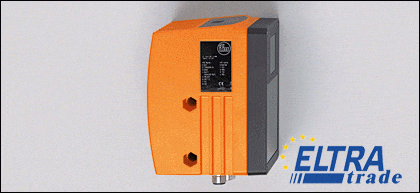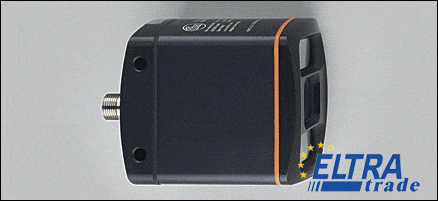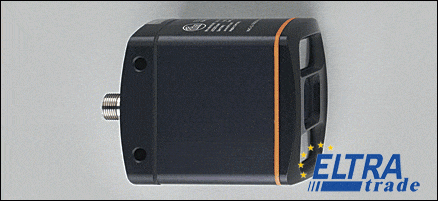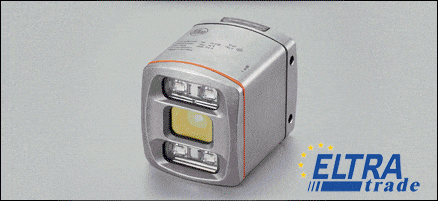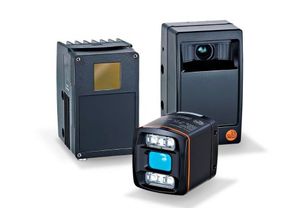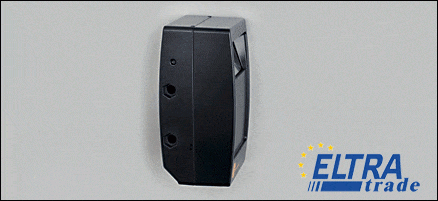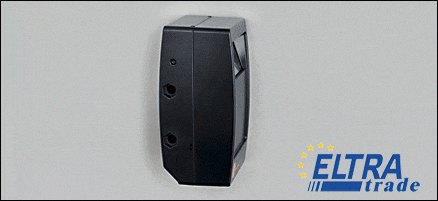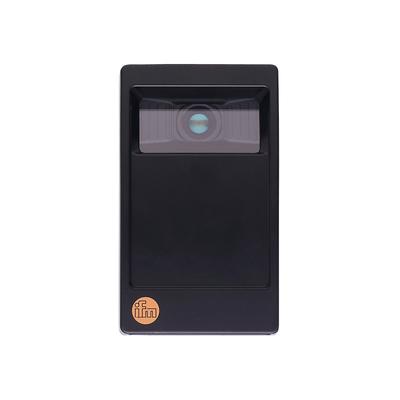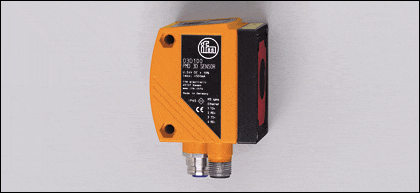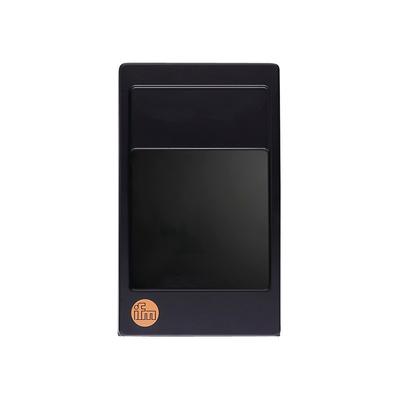IFM 3D sensors
PMD 3D sensor, Angle of aperture 40° x 30°, (horizontal x vertical), Connector, Outputs: max. 2 (configurable) / 24 V PNP
3D sensor, Device interfaces: digital input/output, Ethernet, Angle of aperture 40° x 30° (horizontal x vertical), Image resolution 176 x 132 pixels, PMD 3D ToF (Time of Flight) sensor for, - Dimensioning of the object: Determination / Comparison of size, position, orientation, measurement quality, - Completeness monitoring, Connector, Outputs: 3 outputs (configurable), 24 V PNP/NPN, acc. to IEC 61131-2
IFM O3D302 3D sensor, Device interfaces: digital input/output, Ethernet, Angle of aperture 60° x 45° (horizontal x vertical), Image resolution 176 x 132 pixels, PMD 3D ToF (Time of Flight)
3D sensor, Device interfaces: digital input/output, Ethernet, Angle of aperture 60° x 45° (horizontal x vertical), Image resolution 176 x 132 pixels, PMD 3D ToF (Time of Flight) sensor for, - Dimensioning of the object: Determination / Comparison of size, position, orientation, measurement quality, - Completeness monitoring, Connector, Outputs: 3 outputs (configurable), 24 V PNP/NPN, acc. to IEC 61131-2
O3DIRDKG/E1/GM/W/70
Mobile 3D sensor, Angle of aperture 70° x 23° (horizontal x vertical), Image resolution: 64 x 16 pixels, PMD 3D ToF (Time of Flight) camera for the output of 3D image data, Connector, Outputs:
Mobile 3D sensor, CAN output, Angle of aperture 70° x 23° (horizontal x vertical), Image resolution: 64 x 16 pixels, PMD 3D ToF (Time of Flight) camera for the output of 3D image data, Connector, Outputs:
- 3D sensor for mobile applications
- Operating voltage DC 9...32 V
- DC
- M12 Connector
- output of 3D image data
- Operating voltage DC 9...32 V
- DC
- M12 Connector
3D sensors have found their popularity in applications such as palletizing and palletizing, material handling, material volume level, and intelligent routing/sorting. The compact sensor uses time-of-flight distance measurement to determine the height of any object in the field of view.
So let's figure out what 3D sensors are and how they work.
What is IFM 3D Sensor?
IFM 3D sensors are specialized sensors designed to solve problems beyond the control of the vast majority of technological electrical appliances.
3D photoelectric sensors have a wide range of applications including volume, distance, and level detection. They measure the distance between the sensor and the nearest surface point by point using the time-of-flight principle. The units illuminate the scene with an internal or external infrared light source and calculate the distance using the light reflected from the surface.
Sensors for industrial applications can be used for completeness checks, sizing, or sorting tasks. Sensors for use in mobile machines are exceptionally resistant to shock and vibration.
The category of IFM 3D sensor software tasks is control over, as a rule, the packaging of goods, containers, and so on. That is an assessment of the geometry of the appearance of an object. Bottles in a box move along the tape. There must be nine of them, with closed lids. Or a sealed milk carton. To do this, a 3D sensor is installed, which covers the entire object with its eye, compares it with a predetermined ideal, and opens/closes the contact.
Key Features
- Visual estimation of distance, level, or volume.
- Reliable distance measurement thanks to time-of-flight measurement.
- Illumination, measurement, and evaluation in one device.
- 3072 distance values per measurement for detailed application analysis.
- Two switching outputs, one of them programmable as an analog output.
- How Does an IFM 3D Sensor Work?
- The IFM sensor 3D model O3D uses the principle of a photon mixing device (PMD) based on time-of-flight measurements.
The principle of the photon mixing device (PMD) is based on the measurement of distance over time of flight (TOF). In its simplest form, the sensor emits a light pulse. This pulse is reflected by the object and detected by the smart pixel receiver of the sensor. A comparison between optical and electrical reference signals produces an output signal that carries the required distance information.
Time-of-flight (TOF) distance measurement is nothing new on the market. The problem is that traditional TOF components use a photodiode as the receiver element and require additional external electronics to collect and process the signal. Components of this type are used to detect only one measurement and are expensive due to the response time required for the time-of-flight measurement. Using these existing TOF components for 3D imaging can be costly for industrial markets.
In comparison, the IFM 3D sensor receiving element is a system on a chip. The entire sensing element and electronics are built on a 0.25 mm square silicon chip. This tiny chip enables 3D imaging using Time of Flight, reducing sensor size and cost.
This built-in functionality means the sensor can pre-process the signal, eliminating the need for expensive high-speed electronics. Relating the phase difference measured by each pixel to the speed of light gives the distance traveled by the light hitting the detector. The phase shift of the light is then compared to a reference signal and sent from the chip as a representative distance for that pixel. The information from all the pixels is then combined to create a 3D image.
The sensor also includes a patented backlight suppression (SBI) system. This technology allows the sensor to eliminate the effects of external lighting such as sunlight and intense indoor lighting. This allows the sensor to be used in almost any indoor or outdoor environment.
